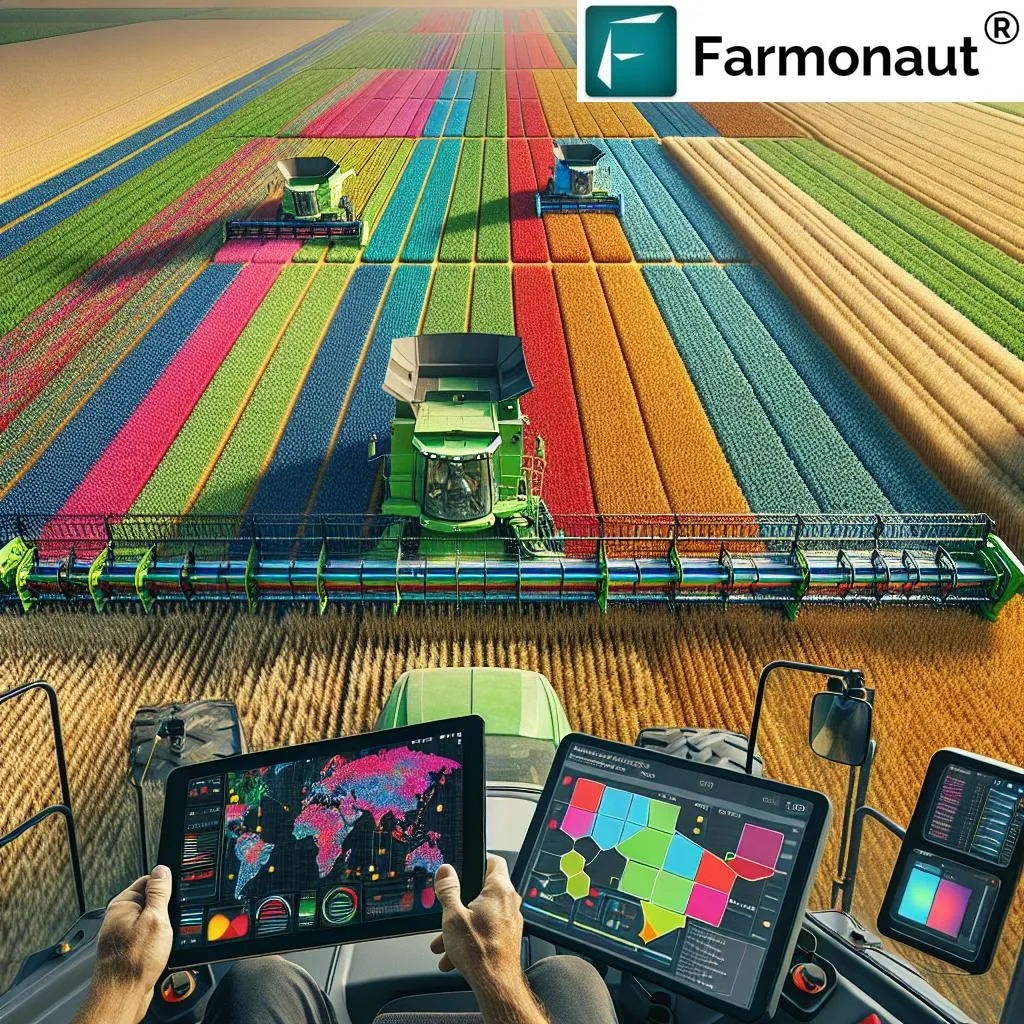By 2025, the agricultural and forestry sectors are witnessing a profound transformation, driven by the widespread adoption of GPS technology. This shift is not merely about embracing new tools, but about fundamentally redefining how we approach crop management, land monitoring, and forestry practices. The implications of this technological evolution are far-reaching, promising enhanced efficiency, sustainability, and precision in these critical industries.
The rising significance of GPS in agriculture and forestry is underscored by a notable prediction: by 2025, over 80% of large farms globally will utilize GPS-guided machinery for precision crop management. This trend is not confined to agriculture alone; forestry management is also experiencing a paradigm shift with the integration of GPS technology. The driving forces behind this adoption are the global imperatives of sustainability, precision, and climate resilience. GPS technology has transcended its original purposes in defense and logistics to become an indispensable asset in modern farming and forestry.
The applications of GPS technology in 2025 are multifaceted and deeply integrated into the workflows of these industries. In agriculture, GPS technology is revolutionizing traditional practices by enabling high-precision operations. This transition is marked by several key benefits: enhanced efficiency through optimized resource allocation, sustainability via minimized input over-application, advanced environmental monitoring for proactive management, and improved yields and resource management through accurate field data. These advantages collectively contribute to a more sustainable and productive agricultural sector.
Precision crop management stands as a testament to the transformative power of GPS technology. By leveraging GPS, variable rate technology (VRT), and advanced data analytics, farmers can optimize inputs with remarkable accuracy. This precision leads to improved yields, increased profitability, and reduced environmental impact. High-resolution field mapping, optimized input application, accurate seeding and planting, reduced environmental impact, and improved record-keeping are some of the key features and benefits of this technology. Moreover, VRT and site-specific management enable data-driven decisions, minimized overlap and waste, and improved soil health, further enhancing the efficiency and sustainability of agricultural practices.
The adoption of GPS-guided machinery is another defining aspect of the applications of GPS technology in 2025. These advanced systems bring centimeter-level accuracy to field operations, resulting in enhanced efficiency, reduced fuel consumption, and higher profitability. The benefits of GPS-guided machinery include auto-steering and path optimization, lower input costs, enhanced safety, and data collection and reporting. These advancements not only improve operational efficiency but also contribute to sustainability and environmental health by reducing fuel consumption, minimizing soil disturbance, and lowering emissions.
Beyond crop management, GPS technology is also transforming livestock systems. Wearable GPS collars and sensor tags are now routine in modern ranches, providing real-time data on animal location, health, and grazing behavior. This technology enables remote herd observation, optimized pasture management, and enhanced productivity. The integration of livestock monitoring data with farm management platforms ensures that decisions on feeding, breeding, and grazing are evidence-based and future-proof.
In the forestry sector, GPS technology is revolutionizing resource management, forest health monitoring, and conservation efforts. Forest professionals employ GPS-integrated Geographic Information Systems (GIS) to map, monitor, and sustain forests amidst increasing environmental and climate challenges. Core applications of GPS in forestry include stand and density mapping, change monitoring, harvesting operations, and conservation and biodiversity mapping. These applications address illegal logging, support certification, and protect forestry assets, enabling sustainability in the sector.
Sustainable land and environmental monitoring are also being transformed by the integration of GPS, GIS, and remote sensing technologies. This combination allows for real-time tracking of changes, climate change monitoring, disaster response, resource conservation, and verification for carbon credits. Advanced GPS-enabled drones further support aerial surveys for forest biodiversity, crop scouting, and mapping inaccessible areas, making conservation more efficient and reliable.
The implications of these technological advancements are profound. By 2025, the agricultural and forestry sectors are poised to achieve unprecedented levels of efficiency, sustainability, and precision. The widespread adoption of GPS technology is not merely a trend but a fundamental shift in how these industries operate, promising a future where technology and nature coexist harmoniously.

